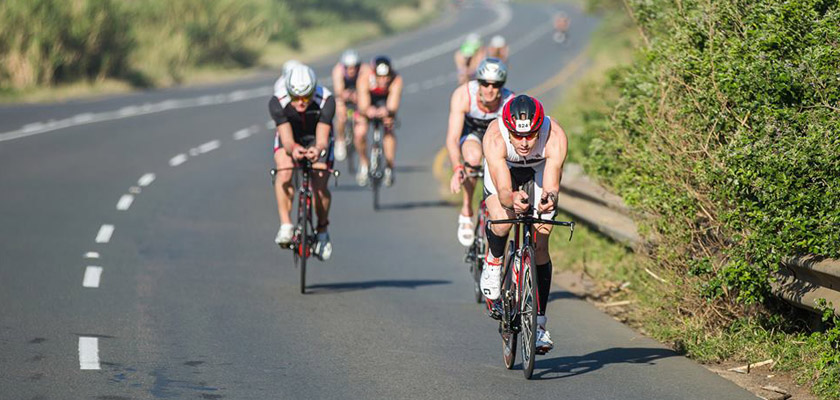Mountain Biking Safety Measures For Amateurs

The Benefits Of Mountain Biking!
November 23, 2017
Mountain Bike Must-Haves for Every Biker
February 5, 2018Mountain cycling is among one of the most thrilling sports you could take on; however, it could also be hazardous especially if you do not take the appropriate safety measures. Everyone needs to begin at a point, and below are our best tips for beginner mountain bikers, created to keep you secure as you discover new skill-sets and establish as a rider.
Best Mountain Biking Safety Tips
Be sure to put on a headgear!
A premium quality, appropriately suitable, as well as well-adjusted helmet, is the single essential piece of safety and security gear for any mountain range cyclist. It does not matter how hot, scratchy or unpleasant it is: if you get on your bike, you must be wearing a helmet – it truly is as simple as that!
Get the perfect gear
As an amateur, you are most likely to mess up your mountain bicycle– it comes along with the territory. Even though a majority of your traumas will be relatively minor, getting the right protection equipment will help to safeguard you from unavoidable scrapes and scratches you are likely to experience when you crash.
- Some gloves to safeguard your hands from knocks, scratches and sores
- The perfect footwear- to give you a great hold on your pedals, and avoid the shoelaces from getting caught in the chain.
- Preventive glasses – to shield your eyes from sunlight glare, and from tiny items of debris that will fly through the air as you bike.
Know your limitations
Begin small, and engage in your abilities on simpler paths before trying difficult trails. Always think of the implications of slipping before you try a path and even if an area looks within your boundaries. It’s also worth considering your physical fitness; as you burn out, your abilities, capability and focus decreases, so relax when you feel exhausted, and know when to quit.
Get idea about first-aid
There are tons of lessons and basic first aid manuals and quick guides on the internet, so there’s no reason for unawareness. Get a small first aid set in your luggage with you; you could even get it set so that you can connect to the bicycle, this will help you in case of a need, without lagging you down.
Prepare Your Bike For the Trip
First is your brake pad, as managing to quit swiftly and securely is crucial. It’s also crucial to examine your chain and check the mechanics for loosened and damaged parts on a regular basis. Having some important spares and a puncture repair set with you will help to make sure you are not stuck with a long walk to your camp.
Use Sense
Inspecting the weather condition and clothing properly, preparing your trips and allowing your buddies know where you are going whenever riding alone are all the list of things to start off. If unsure, believe in your intuitions.
Bike Alternatives and Preparations

Suspension: If you have never encountered an alpine mountain biking before, there are the couple of things you can possibly do to when installing your bike. Check for the suspension of the bike depending on the surface of the path you are going to be biking on.
Brakes: Make certain they are in a good state. Surprisingly, brake pads do not usually wear-out that fast because most of the times the routes are completely dry. If you are considering a big trip on a showery day, carry extra brake pads as you will not be able to make it through with just one set for a day.
Health: Tiredness on the hands could be uncomfortable on long travel so for more effective braking, set your prying bars inboard about three cms and brake pad with simply one finger. With your hand in its normal posture on the bars and protrude your forefinger. It must be able to go to the edge of the bar and not just in the centre.
Tyres: The routes are rough, so use hefty tyres to prevent punctures. Maintain them well pumped up – 3 bar (45psi) and even 4 bar if you are an intense rider. There will be excellent mountain bicycle shops in and around your place, so don’t carry tons of extra; perhaps just a couple of little bits that are particular to your bike will do.




